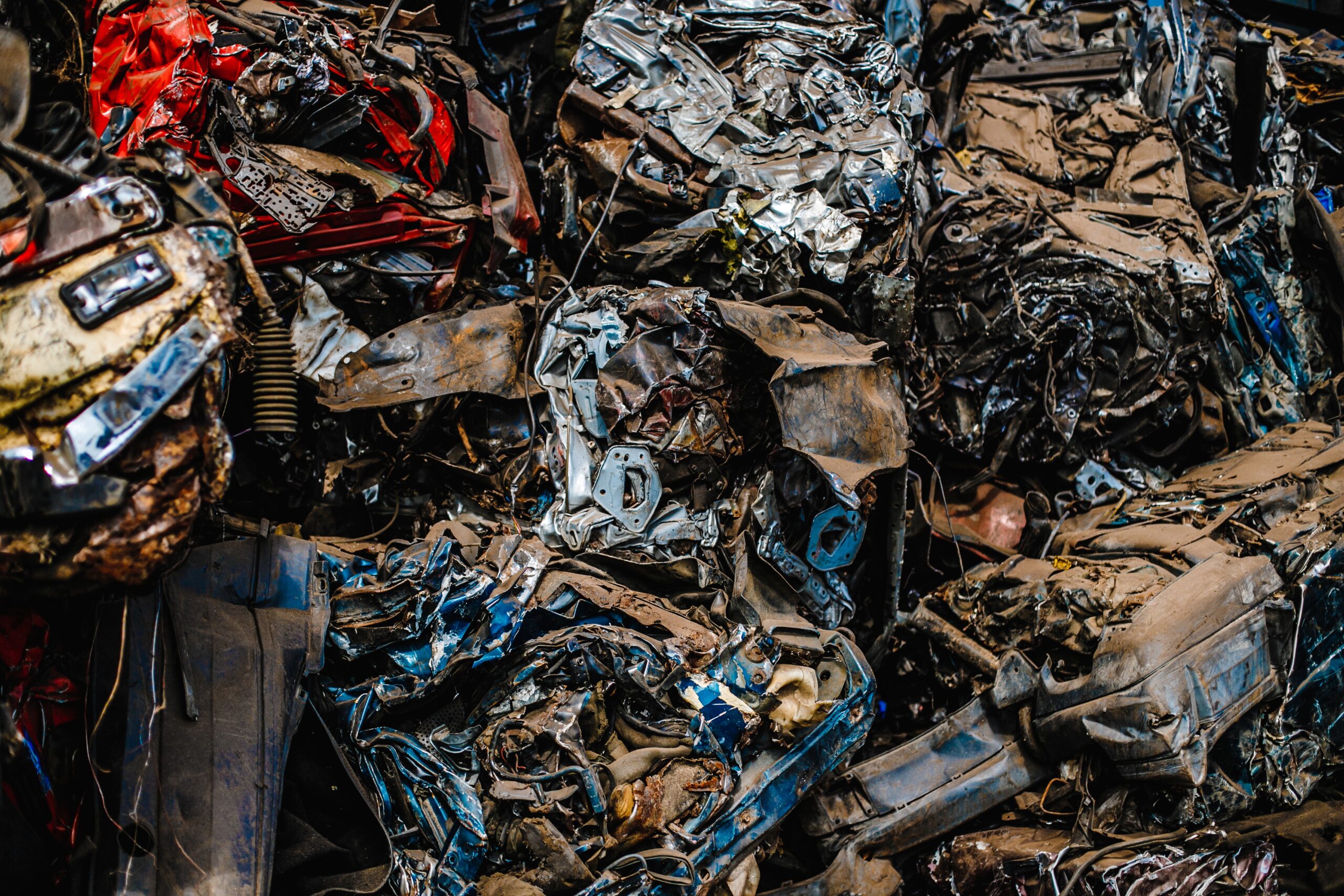Introduction
Bangladesh stands at a critical juncture where the burgeoning issue of electronic waste (e-waste) intersects with a significant economic prospect. Proper management and recycling of e-waste not only mitigate environmental and health hazards but also present a substantial economic opportunity estimated at $500 million annually (hawkerbd.com). This article delves into the current e-waste scenario in Bangladesh, the economic potential of formal recycling, challenges to address, and strategies to harness this opportunity.
Current E-Waste Scenario in Bangladesh
Volume of E-Waste
In 2022, Bangladesh generated approximately 367 million kilograms (367,000 metric tons) of e-waste, with an annual growth rate of 3.4% (hawkerbd.com). Projections indicate that by 2035, this figure could escalate to 4.62 million metric tons, underscoring the urgency for effective management strategies (doe.portal.gov.bd).
Primary Contributors
The major sources of e-waste in Bangladesh include:
- Ship-Breaking Industry: Contributes approximately 2.5 million metric tons annually (env.go.jp).
- Consumer Electronics: Items such as televisions, computers, and mobile phones significantly add to the e-waste stream (env.go.jp).
Recycling Practices
Currently, less than 0.5% of e-waste is recycled through formal channels. The majority is handled by informal sectors or improperly discarded, posing environmental and health risks (hawkerbd.com).
For a comprehensive guide on how to recycle e-waste properly in Bangladesh, you can visit this article, which provides insights into responsible recycling practices and methods.
Economic Potential of Formal E-Waste Recycling
Revenue Generation
Experts estimate that compliant e-waste recycling could unlock a $500 million annual economic opportunity for Bangladesh (hawkerbd.com). This potential stems from the recovery of valuable materials such as gold, silver, copper, and rare earth elements found in electronic devices.
Job Creation
Developing a formal recycling industry could lead to substantial job creation, contributing to sustainable economic growth (textilefocus.com). Employment opportunities would span collection, sorting, dismantling, processing, and refurbishing activities.
Challenges to Address
Infrastructure Development
Bangladesh’s recycling infrastructure is currently underdeveloped, with limited facilities and outdated technologies, necessitating significant investment (textilefocus.com).
Regulatory Enforcement
While e-waste management regulations exist, enforcement is often weak. Strengthening these regulations and implementing strict penalties for non-compliance are crucial (textilefocus.com).
Public Awareness
There is a lack of awareness among the public regarding the importance of proper e-waste disposal and recycling practices. Educational campaigns are needed to promote responsible behavior (textilefocus.com).
Strategies to Harness the Economic Opportunity
Investment in Infrastructure
Developing state-of-the-art recycling facilities equipped with modern technologies is essential. Public-private partnerships and foreign investments can play a pivotal role in this development.
Strengthening Regulatory Frameworks
Implementing and enforcing comprehensive e-waste management policies can regulate recycling practices, ensuring environmental and public health protection (doe.portal.gov.bd).
Enhancing Public Awareness
Educational campaigns can inform the public about the importance of proper e-waste disposal and the potential benefits of recycling, encouraging responsible consumer behavior (textilefocus.com).
Conclusion
By investing in infrastructure, enforcing regulations, and raising public awareness, Bangladesh can transform its e-waste challenge into a $500 million annual economic opportunity, fostering environmental sustainability and economic growth.

Leave a Reply